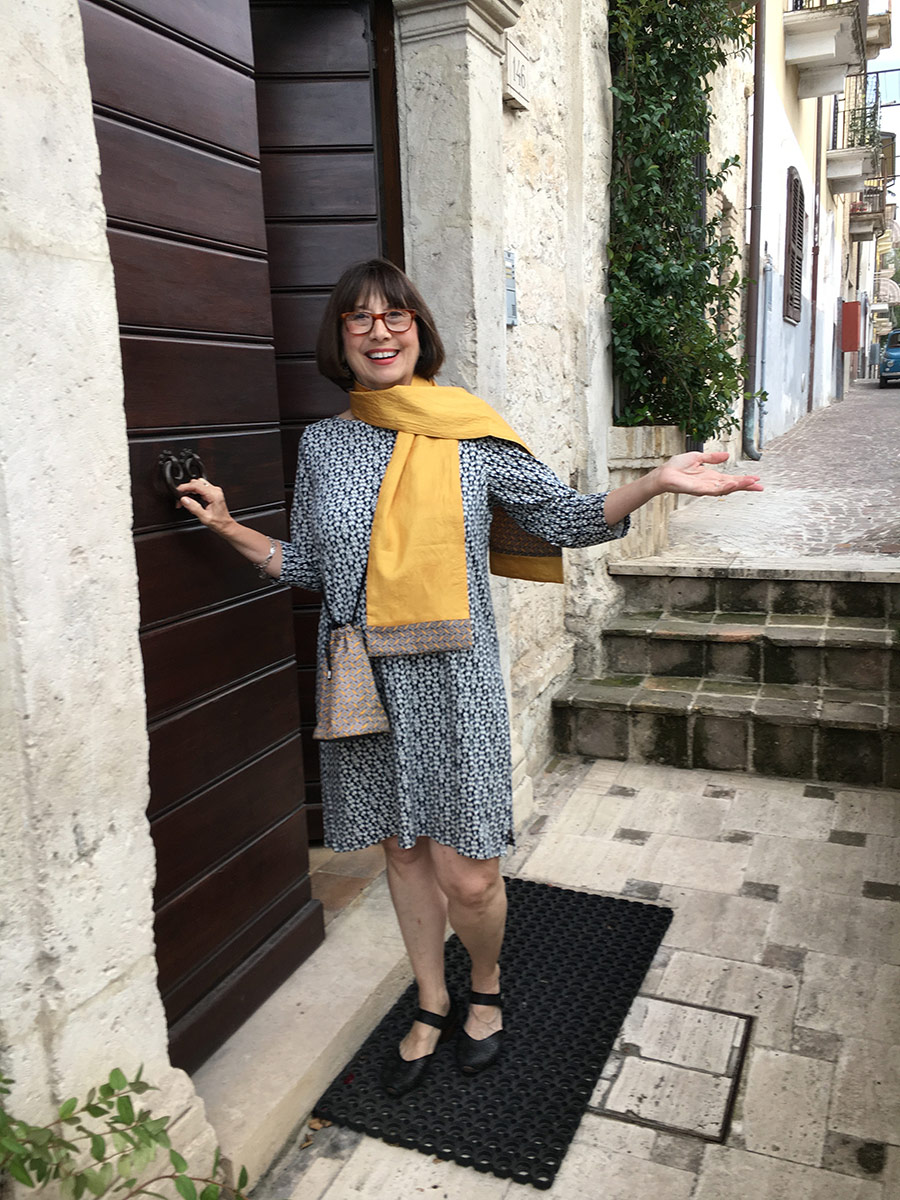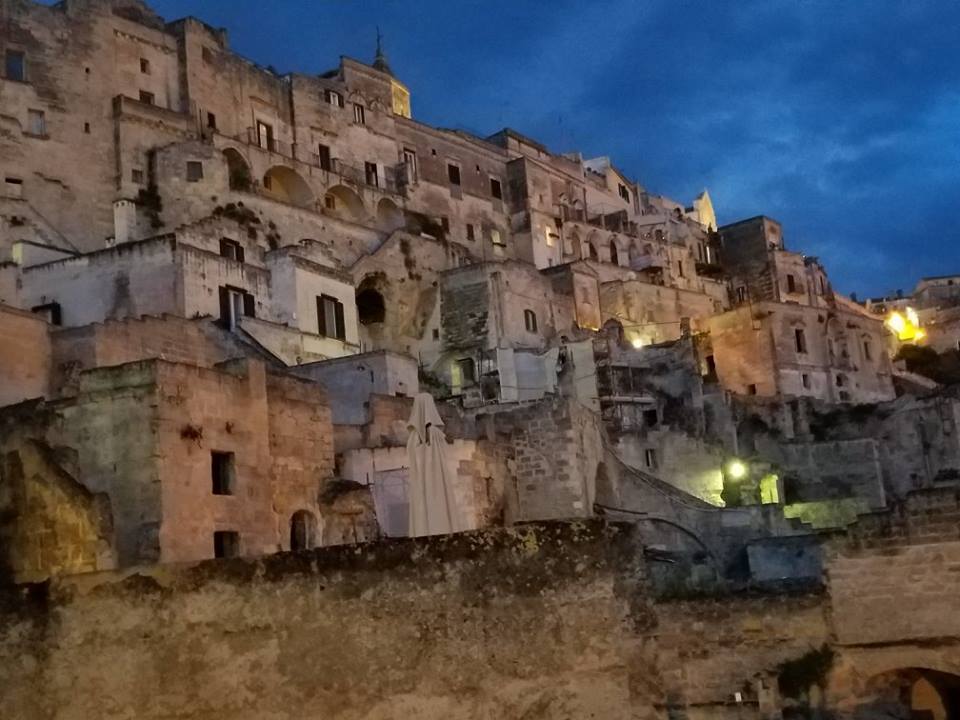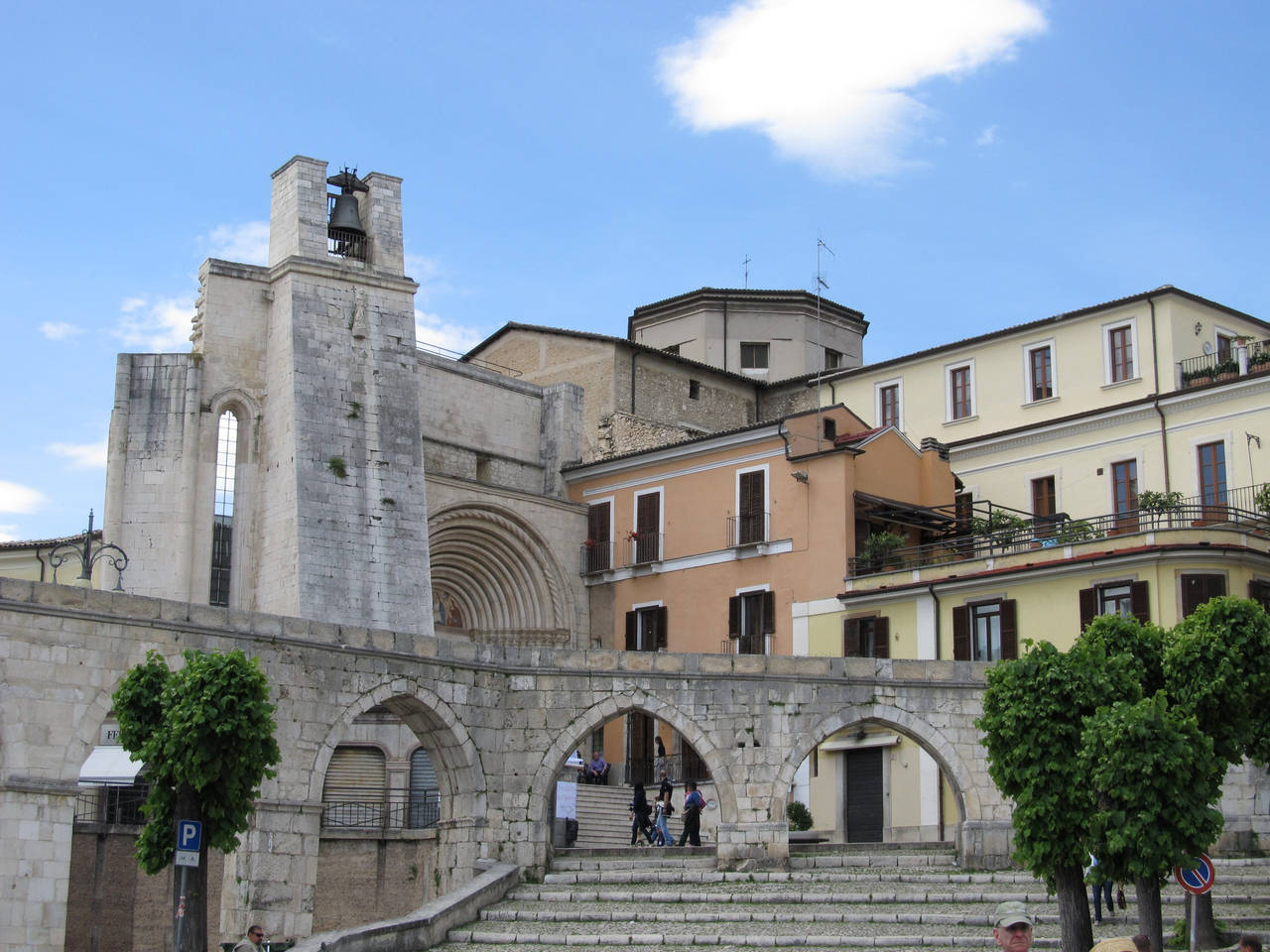It’s inevitable. You move to a new state and you’ve got a laundry list of things to do: change your address with the Post Office, contract for new utilities, make decisions about phone, TV and internet service, order or renew newspapers and magazines . . . and then the most dreaded task of all. The trip to the DMV for a new license and plates. Just the thought of it makes me weak in the knees. But my mother-in-law needed to have this done, and since we are up here in CT for the holidays, we decided to help her with this most unpleasant of chores.
Knowing that there is a very specific list of identification required, we studied the DMV/CT website and made sure we had every piece of paper they might ever request. Then we checked the list of DMV offices and learned that the closest office that could handle both requests — license and plates — was more than 30 miles away, in Willimantic. Ridiculous. But we piled the two dogs and my 80+ year-old mother-in-law in the car and headed out.
When we opened the front door of the DMV and were confronted with the line, Mom shrieked. But we had to stand there like Good Do-Bees. The line moved pretty fast, all things considered, but we knew that this was only the first step. This was the “information line,” where we would get the forms we needed to fill out while we sat on the hard chairs in the center of the room and waited for our assigned number to be called. We were prepared.
What we were not prepared for was the reception we got when we finally made it to the head of the line. Mom was actually moving back to the same house she’d lived in for more than 25 years, and was registering the same car she had when she left CT three years ago to come and live near us in VA for a while. She’d brought her car purchase papers and title; passport; voter and medical insurance cards; VA driver’s license; checkbooks (with her CT address on them); bank statements and about five other forms of ID. What she did not have (which was not indicated on the website) were two utility bills that showed she’d moved to the CT address within the last 90 days. Needless to say, we had to go back home and get the bills.
We didn’t go back the next day, because our energy was sapped. We went back in two days, armed with everything. But we got a little nervous when the gal on line in front of us allowed that this was her fourth trip and she hoped she had everything this time. When we got to the front of the line this time, it all worked out for us (and for her, too, I’m happy to report). We got our number and sat down to fill out forms and wait. And wait. And wait. Two hours later, we walked out with Mom’s new plates and license, but not before overhearing the situation next to us – a young girl applying for a license in tears because she didn’t have a bill to prove her residency, despite her father standing next to her offering his proof of identity and residence, to no avail. I don’t know why this has to be so difficult. Why would a teenager have a utility bill? And no matter where I’ve lived: New York, Massachusetts or Virginia, it’s always the same. Surely there’s a better way.
But one good thing did come out of our trip to Willimantic. The wonderful “frog bridge” and an exploration into another once grand New England city. Willimantic, which is Algonquin for “land of the swift running water,” has been around for more than 300 years. (Read about the Battle of the Frogs here; you cannot make this stuff up.) In 1822, resident Charles Lee built a factory on Main Street made of stone quarried from the Willimantic River. And while small shops had been built on the banks of the Willimantic before, this marked the beginning of an industrialized Willimantic.
Building continued, and by 1828, there were six cotton factories in Willimantic, and the city soon became known as
“Thread City.” The American Thread Company had a mill on the banks of the river, and was at one time the largest employer in the state as well as one of the largest producers of thread in the world. In fact, the American Thread factory was the first factory in the world to use electric lighting. But when American Thread moved to North Carolina in 1985, the town’s economy floundered. And that’s kind of where it is today. Floundering, but with an evident sense of optimism for the potential that might still be there, and I love that about New England.
The biggest surprise was the Thread City Crossing (“The Frog Bridge”), an architecturally designed bridge which officially opened in June 2001. The landmark bridge is adorned with eight-foot-high bronze frogs atop concrete thread spools, designed by Leo Jensen. The spools on the bridge represent Willimantic’s prominence in cotton thread and silk manufacturing, and the frogs represent the legendary Windham Frog Fight of 1754 (see link, above).
It’s been an eventful (and snow-ful) holiday and we’ll be heading back to Virginia soon. I hope every one of you had a blessed celebration and I wish you all the best in travels and writing and everything you do in 2013.
Happy New Year!
Buon Anno!
Buon viaggio!

Linda Dini Jenkins is a card-carrying Italophile, travel planner, freelance writer, and amateur photographer. Travel is her passion, so writing about her travels just comes naturally. She hopes all her travelers find a way to express their joys, surprises, and fears as they travel and gives every traveler a nifty journal to help smooth the way. Learn more…





Recent Comments